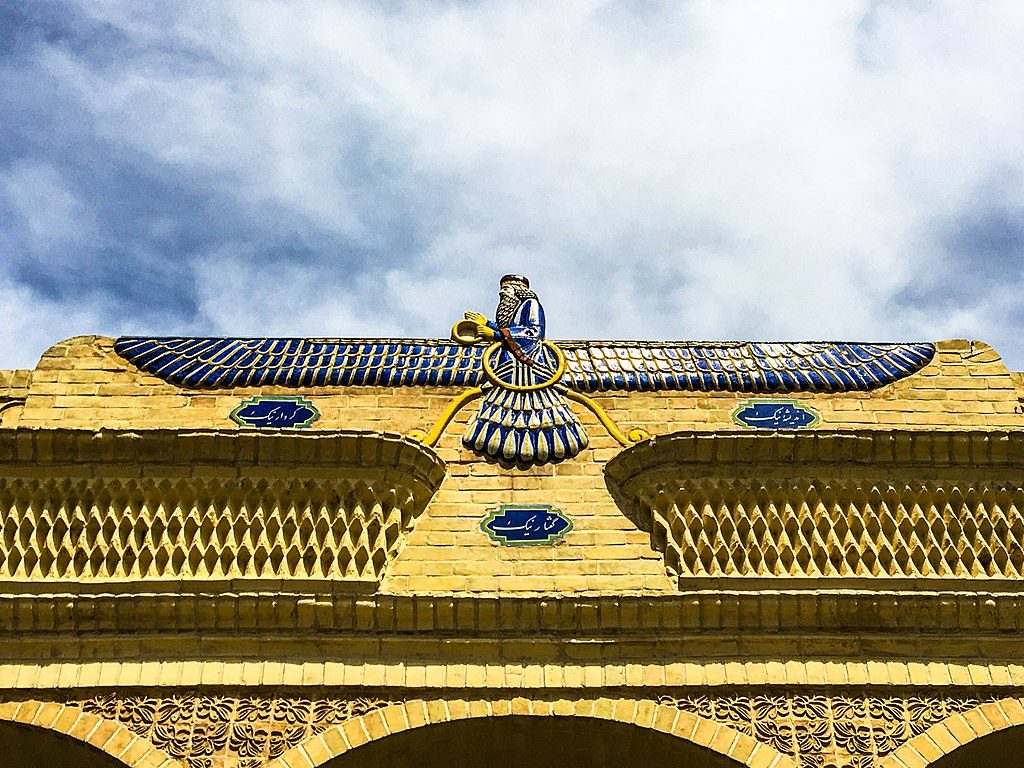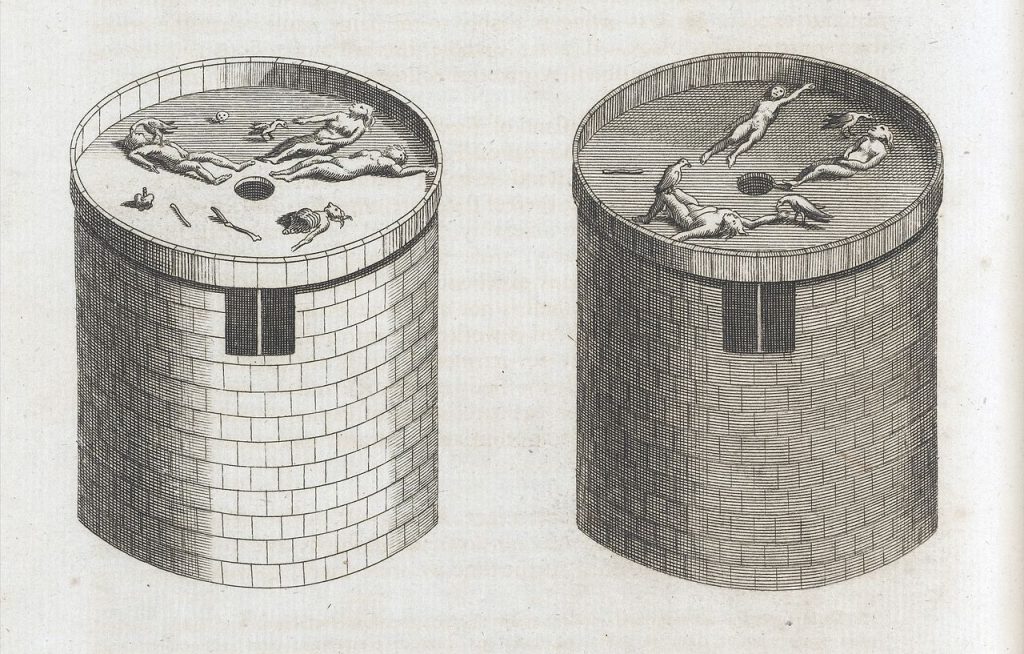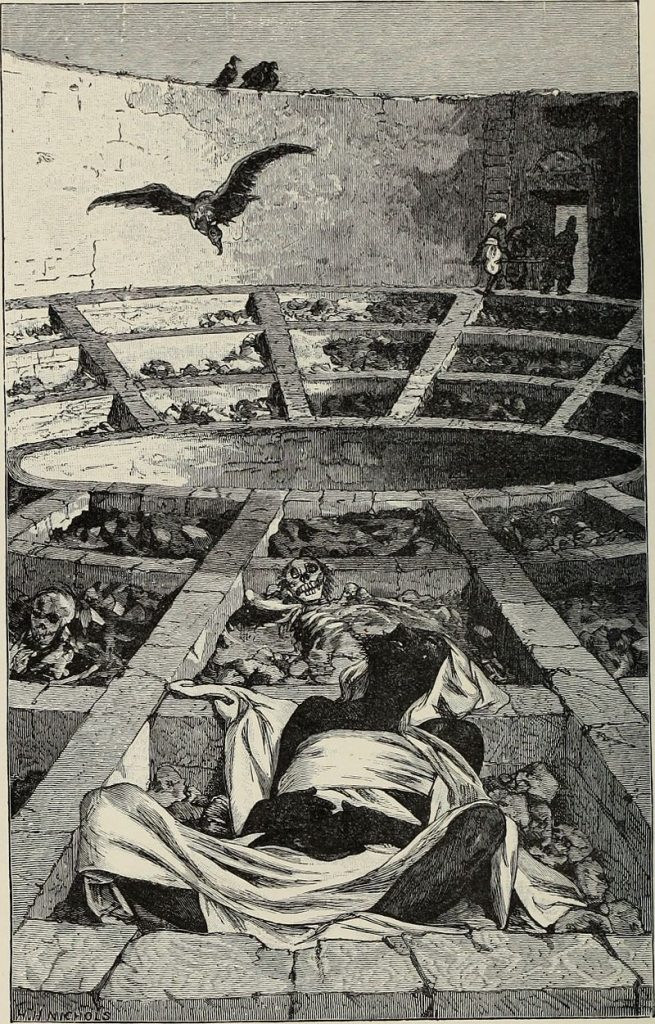
Image by Arteen Arakel Lalabekyan
Monotheism in the Middle East
In the U.S.A. the encounter with the notion of Zoroastrianism, usually, is in a high school World History class with a quick mention of it as a monotheistic religion. Of course, it is, and was even while Judaism was still monolatristic (acknowledging that there were other gods but that Yahweh was the chief god worthy of undivided attention and praise). Known as Zarathustra in languages other than English, the chief founder of this Indo-Iranian religion proposed that there was a singular, chief deity which was known as Ahura Mazda. The belief system’s influence on other religions in the area can be seen in the emphasis on light, fire, purification, free will, good vs evil, and the eternal nature of a soul.
But are there still Zoroastrians in the world today? The ancient religion is somewhat heterodox in the variation of day to day practice, but orthodox in that certain traditions are universally acknowledged by the broad spectrum of adherents. One day a former colleague of mine, Dee (Dilnavaz) Hushmendy, nee Shokrekhuda (meaning Thanks be to God) mentioned that although she had been born and raised in Bombay, India, that her roots were in Persia. As a genealogy enthusiast at heart, my ears perked up immediately as I had found similar Persian origin Afghani Pashtun and Tajik markers in my paternal genome. “Are you Zoroastrian?” I asked her. Her answer was affirmative which led to our recent more in-depth conversation. (It should be noted that the area which is today Southern Afghanistan is thought by some to be the birthplace of Zoroaster as well as the place of his death). Further information can be gleaned from the article: A very interesting account on Zoroastrians in Kabul, Afghanistan.
Although modern day Iran is considered a universally Islamic nation, it was not always so. Zoroastrianism was once the prevalent practice in the land. Centuries of co-existence in a peaceful manner came to an end with gradual persecution of those who desired pan-Islamism. As in many instances in world history, religious persecution leads to a Diaspora. And so it was with the followers of Zoroaster who spread out in the region, and later around the world. One nation receptive to them was India where a substantial population still resides.

Image by Wellcome Collection
It was in Bombay, India that Dr. Dilnavaz “Dee” Hushmendy was born. Her mother, of Persian origin was born in Devali, India, as well as her father, whose parents had emigrated from Yazd, Persia.
Dr. Hushmendy’s narration of earlier Zoroastrian emigration led to a very interesting discussion of funeral practices in the ancient belief system. Indeed, the traditional way to take leave of a corpse is with an elaborate ritual which includes transporting it, wrapped in white cloth, and taking it to what is called a “Tower of Silence.” The body is carried by four men onto a platform inside the tower into which, only they may enter. Mourners wait outside. An opening above, into which sunlight and rain can enter, allows for interaction between the corpse and nature. Vultures are able to fly in to take the flesh off the bones, which is also nourishment for them and a connection to the universal life force and unity with Creation. With the advent of skyscrapers, increasing population around these towers, and residents’ complaints about vultures flying in and out, “Towers of Silence” are dwindling in India. Often families must travel a great distance with the corpse of their loved one to reach such a structure where a priest is available. In the United States and other western countries, it is not unusual for the corpse to be cremated and the ashes dispersed into a stream or other body of water with prayers from a Zoroastrian priest. Customs adapt to the demands and limitations of the culture of the new land of immigration.

Zoroastrianism’s holy book is the Avesta. It is seminal to the primary act of worship which is called Yasna. As with the Jewish Bar and Bas Mitzvah ceremonies, Christian First Communion and Confirmation, the followers of Zoroaster have a ritual performed before puberty which is called in the Parsi Gujarati language “Najvote,” a term used by Indian Zoroastrians while Iranians prefer the term “sedreh pushi.” Initiates traditionally must be children of a male Zoroastrian. This is the first time that the adherent dons the sedreh a white undergarment with a pocket in the front which symbolizes where one’s good deeds are stored to protect them from evil. A kind of cloth belt albeit girdle called the kushti is worn around it to complete the ritual garb. Due to intermarriage in the countries where Zoroastrians now live, the number of initiates has been dwindling, as the children of female practitioners with a non Zoroastrian father have been disqualified for initiation. A modern trend in some circles is to allow the children of non Zoroastrian fathers and Zoroastrian mothers to participate. This is especially true for congregations within the United States. Another hint about the eventual survival of the religion comes from Kurdistan: HOPES FOR ZOROASTRIANISM REVIVAL IN KURDISTAN AS FIRST TEMPLE OPENS ITS DOORS.
As our conversation came to a close, the culinary question of traditional dishes arose. Although Indian cooking has become incorporated into the traditions of Zoroastrians living there, traditional Persian dishes are still prized. Ush eh Brenj, a dish of goat-meat, rice, dill, and lentils is a perennial favorite.
Zoroastrianism, which evolved from regional polytheistic traditions into a monotheistic religion, lives in all the other belief systems it came into contact with, and influenced. Although its numbers may be presently dwindling, there are signs that a new vitality is being infused into it with modified traditions about who can become a follower and greater freedom of religious practice in an area of the world where it has been a challenge for the last few centuries.
Note: Dr. Dilnavaz “Dee” Hushmendy, is a member of the English Department of Ravena-Coeymans-Selkirk High School, Ravena, New York-USA. Her PhD dissertation is titled
A PRACTITIONER RESEARCH STUDY EXPLORING CRITICAL LITERACY IN A SECONDARY ENGLISH CLASSROOM


3 comments
Interesting article. Actually, overall interesting web site and not at all the usual click bait we are subjected to daily.
thank you so much for your feedback! please bookmark the site and visit often! Sign up for the newsletter and tell your friends! much appreciated!
I am originally from India but living in USA for the past 40 yrs. I have many friends who are “Parsis” aka Zoroastrians. These people are extremely nice and very kind. In fact, back in mid 1800s one of the notable Zoroastrian in India by the name Jamshedji Tata started a steel plant,called Tata Iron and Steel Company, in the northern Indian state of Bihar and it is still producing steel and other steel related products. He built an entire township around the plant and constructed residential quarters for all his employees, hospitals, schools, colleges – you name it everything for the convenience of the employees of Tata Iron and Steel Company. Later on he and his sons expanded their industrial empire from steel to chemicals to automobiles to IT services now. Mr. Tata was the person who sowed the seeds of modern industrialization of India. It is an outstanding testimony to the outstanding contributions of the immigrants. In this case, Mr. Tata was an immigrant from Persia. It is a shame that the Arabs totally destroyed Zoroastrianism in Persia (Iran) and converted everyone there into Islam by force. One other point about religion – Hinduism, even though a polytheistic religion, the primary GOD they worship is fire before they worship any other Gods. Something in common with Zoroastrianism even though it is a monotheistic religion.